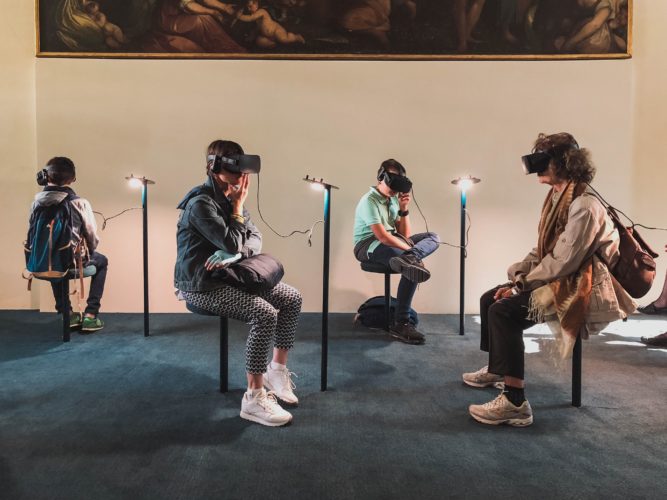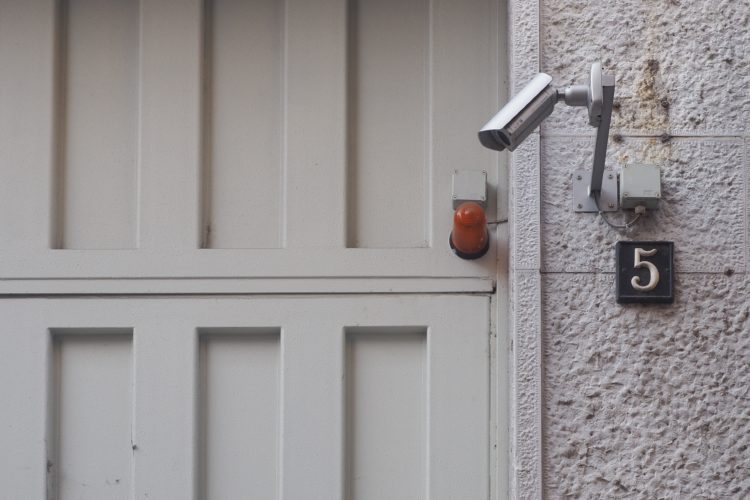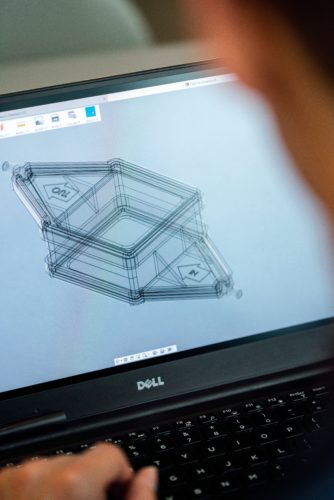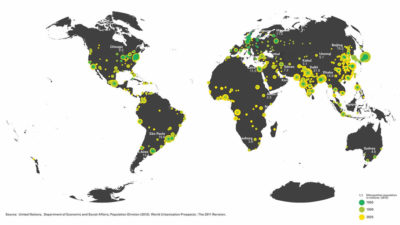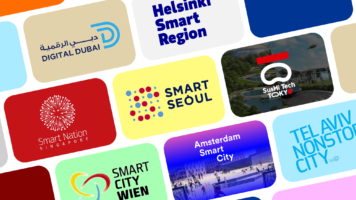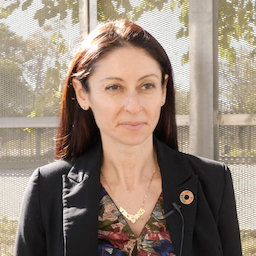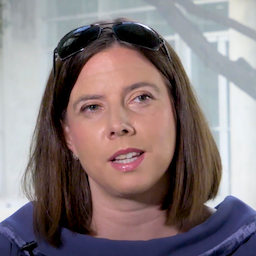Covid-19 and the future of cities: 9 emerging trends in digital transformation
By | 2020
Editor’s note | This article was published in May 2020. For a more recent analysis on the urban impact of Covid-19, please check our new series ‘One Year After’: Urban Learnings from a Year of Pandemic — published in March 2021.
The Covid-19 crisis has accelerated many technological adoption processes that were predicted to be more gradual.
Two elements have fueled a shared dynamic by the countries affected by the pandemic: on the one hand, the initial successes prompted by technology-intensive solutions in Taiwan, Singapore or South Korea gave rise to an effect of imitation in other countries. On the other hand, the peculiarities of the virus have made it clear that the most successful immunological strategy – track and test – can only be highly effective if the case tracking rely on technology-mediated devices and solutions. The combination of these two dynamics has served as a multiplier and accelerator – at a higher pace than any other measure or strategy in the last decade – of a previous and already widespread trend: the digital transformation of all industrial sectors, social spheres and also, obviously, of the public administration.
Not surprisingly, need and urgency are great allies of innovation. Most of the public institutions in charge of managing all levels of the response to the Covid-19 crisis have faced the urgent need to assess their current digital technological capabilities while facing sudden processes of technological adoption and implementing solutions that needed a deeper public assessment. In this framework, they have found themselves at a greater distance from countries such as South Korea in terms of data analytics, information integration or resource and capabilities availability for the implementation of technological initiatives. In parallel, public authorities have met with the need to find effective ways to communicate the evolution of the pandemic, the response and its implications for citizens within a complex context of social distress and information oversaturation.
TOWARDS A SMART DIGITAL FUTURE:
9 TRENDS IN URBAN MANAGEMENT
What changes are to be expected if we want our cities to move towards a smarter management of public services and digital life? These are some of the trends that we have analyzed.
1 | Public Services:
The Final Push for Digitalization
The covid-19 crisis has been an unexpected accelerator of the digitization of public services. The compulsory switch of the administration internal procedures and the formalities for citizens to the online mode marks a milestone in a tendency that is sure to be accentuated.
2 | Smart City Models Will Need to Be Rethought
The links between cities and pandemics are complex but undeniable. From a technological perspective, both the response to the crisis and its consequences require a reevaluation of the smart city models in order to connect them to the new priorities.
3 | We Need More Sophisticated Data Analytics
The management of the pandemic has highlighted the need for much more robust and sophisticated statistical and data analysis mechanisms, especially for those sectors and services that have reached their limit capacity. Data governance will be a priority to ensure the public value of data and the democratic control of personal information.
4 | The Time to Consolidate Digital Rights
There is an urgent need to develop adequate frameworks to assess the impact of technology on privacy and digital rights. The implementation of different digital responses (artificial intelligence, mobile applications, facial recognition) is linked to very intimate spheres of personal privacy.
5 | Public Sector:
The Potential of Innovation and Intrapreneurship
Public administration organizations have shown a large capacity for innovation in terms of digital transformation. Due to its unexpected nature, the management of the crisis has revealed the potential of innovation and intrapreneurship of the public sector to put in place agile imaginative solutions.
6 | Addressing the Digital Divide: A Priority
Although in an accelerated and conjunctural way, teleworking, online education or telemedicine have become the norm. This has revealed the existence of a large digital divide with regard to both the opportunities to access communication technologies and the skills to use them – which will need to be addressed as a priority to close the vulnerability gaps.
7 | Civic Tech for a More Inclusive Digitalization
Civic technologies – and particularly digital manufacturing technologies -have been made known to the general public, offering viable alternatives and showing a large capacity to involve stakeholders and an enormous diversity. This will foster a more inclusive understanding of how the technology ecosystem can contribute to smart cities and to the digital society.
8 | Effective Digital Communication for an Operational Leadership
Public institutions will have to re-evaluate and reinforce their digital communication strategies in order to consolidate their operational leadership in periods of crisis like the current one. A context of information oversaturation and citizens’ constant exposure to a multi-channel, segmented reality where opaque algorithms condition access to information are just some of the hurdles that they will need to overcome.
9 | Fake News:
Also a Public Health Threat
The covid-19 crisis shows that disinformation and so-called fake news is also a threat to public health. And that the growing power of social media in the conditioning of public opinion and political discourse – in form and content – exemplifies the gap between the political rhythms and the current trends of digital communication – in a paradigm of social communication radically different from that of ten years ago.
WHAT COMES NEXT?
THE TIME FOR PLANNING AND ANTICIPATION
In the past few weeks, the sense of urgency has been at the core of the world’s digital response to the covid-19. In parallel, the digital society is accelerating at a pace that is difficult for our technical and political leaders to keep up with. However, if we agree that the curve of the pandemic has been flattened, the time has come for better planning and a more optimal organization of new resources.
Thus, in this new context, local, regional and national governments have the opportunity and the duty to reshape their strategy for the deployment of technology in city life in a short- and medium-term. And this applies to the way cities work, to public services, to the interaction and communication between public administration and citizens, to our daily routine. And to the internal transformation of companies and the rethinking of their future plans.
It is highly convenient that this rethinking process looks beyond the immediate social and economic consequences of the crisis and places people and human needs at the center of technological adoption. And that it does so by encouraging the innovative capacity of society and attaching greater importance to the synergy between science and technology for a better, more accurate decision making. This in turn must be performed without losing sight of the ethical implications of this process.
In short, we are on the verge of a moment where governments, industries and companies have the challenge to move towards technological resilience. To harness technology and innovation not only to minimize the current risks, but also to anticipate possible future adversities and emerge stronger from the crisis.
#Covid19 and the #FutureofCities: 9 emerging trends in #DigitalTransformation for urban management – by @anteverti Click to Tweet!Want to keep reading about the urban impact of Covid-19?
Want to speak to our experts?
Drop us a line!
Want to speak to our experts?
Drop us a line!
About the authors
Manu Fernández is a Ph.D. holder from the University of the Basque Country since 2015, and an expert in urban innovation and public policies with over 20 years of professional experience. He is the Deputy Director General of Anteverti and also serves as the curator of the international events organized by the Smart City Expo World Congress.
Manu has led consulting projects related to local sustainability and the analysis of urban economies for several public institutions at the municipal, local, national, and international levels in Europe, Latin America, and Africa. He holds a degree in Economic Law from the University of Deusto and is the author of the blog 'Ciudades a escala humana (Human-scale Cities)' and the book 'Descifrar las smart cities (Deciphering Smart Cities)'.
Sergio García i Rodríguez is an expert in strategic communication, internationalization, and new digital narratives with over 10 years of experience working for international organizations, the press, and the private sector. Since 2018, he has served as the Head of Communication at Anteverti, the executive editor of their knowledge platform, CitiesToBe, and a senior consultant.
Sergio's projects have included assisting Seoul in designing its new Smart City Brand, conceptualizing the narrative of the New Urban Agenda of Catalonia, and creating various concept stands for the city of Barcelona at the Smart City Expo World Congress. Before this role, he led and implemented strategies and initiatives at the UNDP, T-Systems, and Agencia Efe. He holds a master's degree in International Studies, a postgraduate degree in Digital Content, and a bachelor's degree in Translation.




